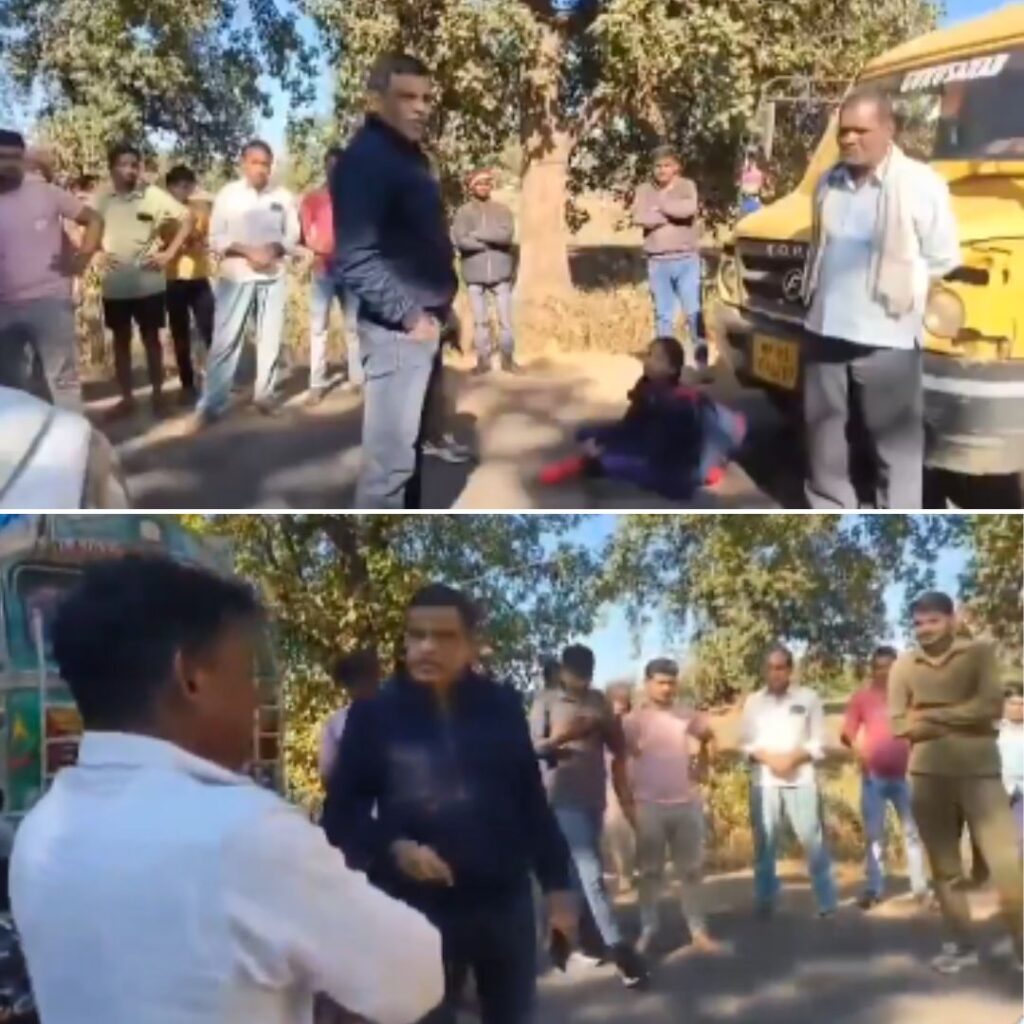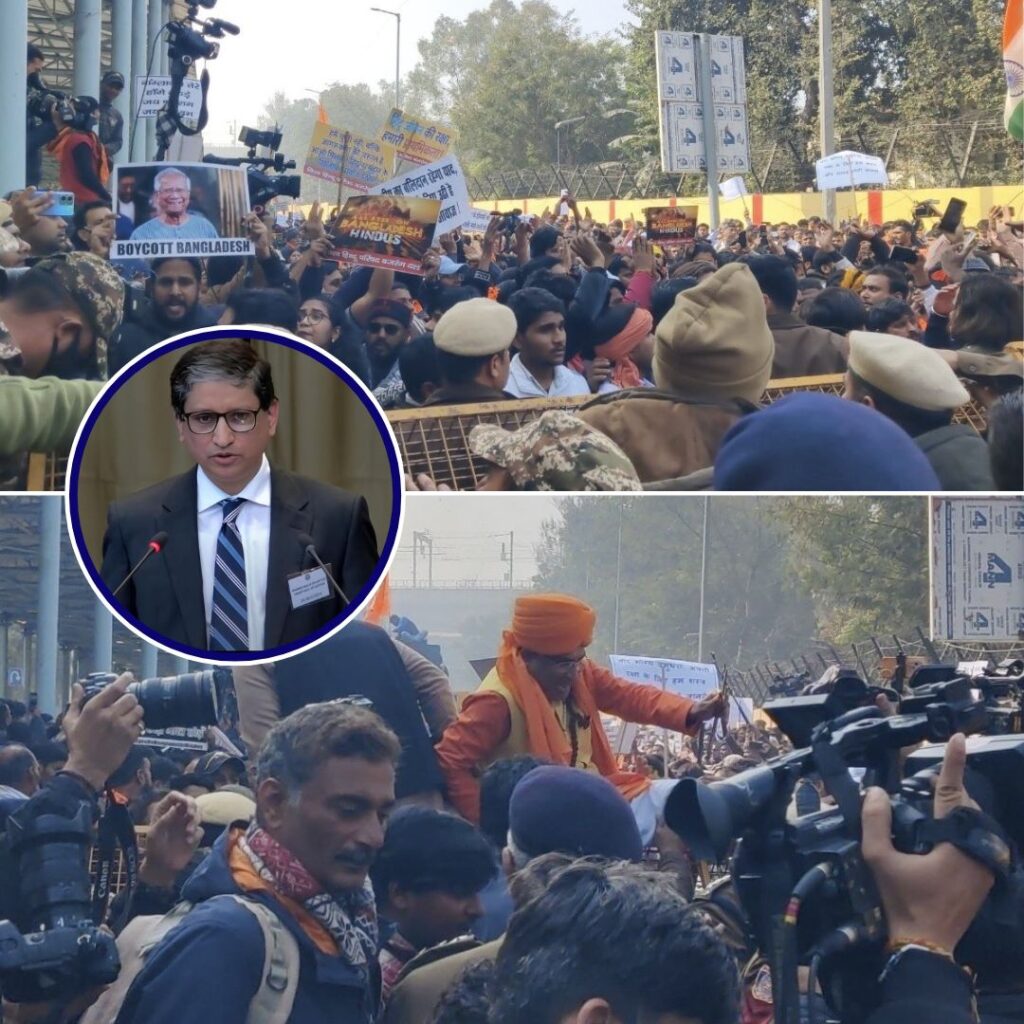On Tuesday, the Supreme Court expressed its shock over disappearing Aravalli hills and ordered Rajasthan government to stop illegal mining in 115.34-hectare area in the next 48 hours
A bench of justices Madan B Lokur and Deepak Gupta was hearing the case and remarked that the Rajasthan government has taken the matter “very lightly”, as reported by NDTV.
A report of the Central Empowered Committee (CEC) says that out of 128 samples taken by the Forest Survey of India, 31 Aravalli hills/hillocks have vanished. Referring to the above report, justice Lokur asked Rajasthan government, “31 hills or hillocks have disappeared. If hills will disappear in the country, what will happen? Have people become ‘Hanuman’ that they are running away with hills?”
Reportedly, the bench was not satisfied with the status report filed by the Rajasthan government as it mostly laid the blame on the incompetence of FSI. Taking a note of the same, the bench cautioned the counsel appearing for Rajasthan that making “wild allegations” against a central body is not proper.
The apex court observed that 15-20% of hills have vanished in Rajasthan and the state government has failed to stop illegal mining activities. While noting that Rajasthan is earning around Rs 5000 crore in royalty from mining activities, the bench said that the disappearance of hills could be a reason behind increasing pollution levels in Delhi-NCR.
The bench said, “If you start removing all the hills, pollution from different parts of areas near NCR will come to Delhi. This could be one of the reasons that we have so much pollution in Delhi. For sake of few miners in your State, you are endangering the lives of lakhs of people in Delhi,” as reported by The Hindu.
The bench then directed the Rajasthan Chief Secretary to file an affidavit regarding compliance with the order and deferred the matter till October 29.
Mining in Aravalli
Approximately 692 km long, the Aravalli range has a reserve of minerals such as copper, lead, zinc, rock phosphate, soapstone, silica sand, limestone, marble and gypsum. The range starts in Delhi and passes through Haryana and Rajasthan before ending in Gujarat.
Reportedly, before 2002, half of the country’s requirement of silica came from the Aravallis. Since 2002, there have multiple court orders and NGT rulings regarding the rampant mining in the ecologically sensitive area. For a list of previous court orders, this Down To Earth report can be referred to.
Also Read: Uttarakhand: How A Man Exposed Illegal Mining And Construction In The State











